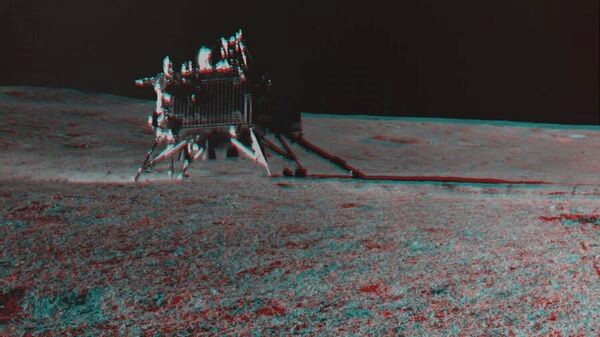Description

Disclaimer: Copyright infringement not intended.
Context
The Indian Space Research Organisation (ISRO) revealed that the "Chandrayaan-3 Lander Module generated a spectacular 'ejecta halo' of lunar material" as it descended towards the Moon's south pole on August 23, 2023.
Details
ISRO's Findings on Lunar Ejecta Halo
- The ejection resulted in the formation of an 'ejecta halo' around the landing site, as explained in the report from the National Remote Sensing Centre (NRSC) and ISRO.
Study Methodology and Analysis
- Researchers analyzed pre- and post-landing high-resolution panchromatic imagery from the Orbiter High-Resolution Camera (OHRC) of the Chandrayaan-2 orbiter.
- The study, titled "Characterisation of Ejecta Halo on the Lunar Surface Around Chandrayaan-3 Vikram Lander Using OHRC Imagery," provided insights into the 'ejecta halo' and estimated its coverage over an area of approximately 108.4 m².
Significance of the Discovery
- The findings offer valuable insights into the behavior of lunar materials during landing events and provide a better understanding of lunar geology.
- This discovery has opened up new avenues for research, furthering our understanding of the Moon's intricate surface and contributing to the broader field of lunar exploration.

Achievements of the Chandrayaan-3 Mission
- The Chandrayaan-3 mission's successful soft landing on the lunar surface on August 23, 2023, marks a historic achievement for India.
- With this success, India has become the fourth country globally, following the United States, China, and Russia, to accomplish a soft landing on the Moon, solidifying its position in the realm of space exploration.
Implications for Future Research
- The detailed study of the 'ejecta halo' has potential implications for future lunar missions and scientific exploration.
- The research findings contribute to ongoing efforts to unravel the complexities of the lunar surface and pave the way for more comprehensive studies in the field of lunar geology and space exploration.
|
PRACTICE QUESTION
Q. Which of the following statements about the 'ejecta halo' discovered by ISRO during the Chandrayaan-3 mission's landing is/are correct?
- Approximately 2.06 tonnes of lunar epiregolith were ejected during the landing event, leading to the formation of the 'ejecta halo'.
- The 'ejecta halo' was characterized as an irregular bright patch surrounding the lander, as revealed in the findings published in the "Journal of the Indian Society of Remote Sensing".
- The study, conducted by scientists from the National Remote Sensing Centre (NRSC) and ISRO, analyzed post-landing imagery from the Chandrayaan-3 orbiter's Low-Resolution Camera (LRC).
a)Only 1 and 2
b)Only 2
c)Only 1
d)1 and 3
Answer: a)
|











